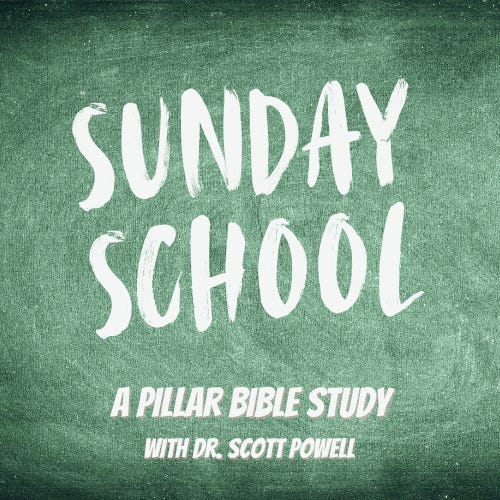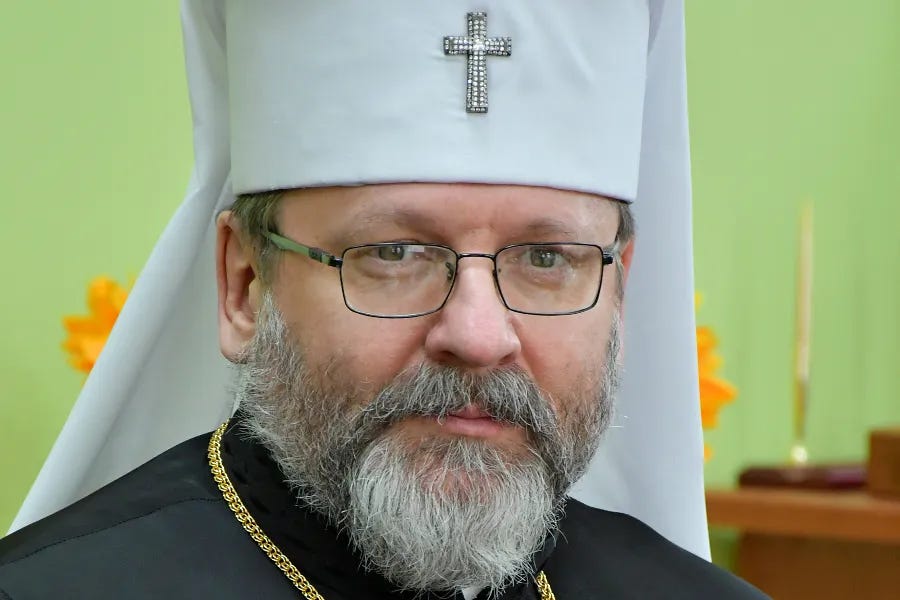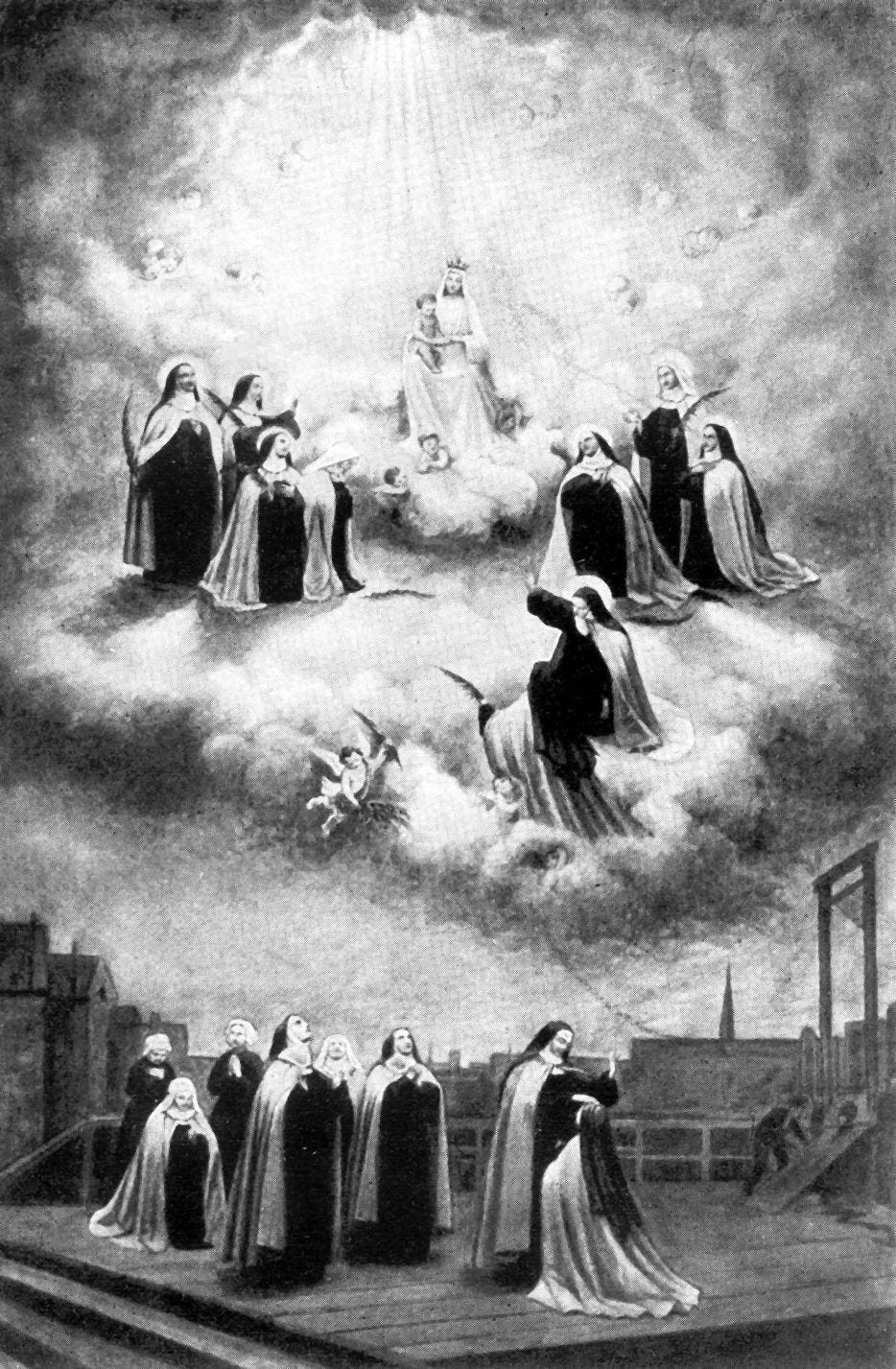
At the beginning of 2022, here are some storylines about the Church in the U.S. likely to make headlines in the next 12 months.
Of course, the most interesting Church stories usually come as a total surprise, so astute Church-watchers will be prepared for that, while watching these plots unfold:
Is the synod on synodality synoding yet?
The Vatican called in 2021 for every diocese in the world to conduct listening sessions and consultations, as part of a two-year preparation process for its synod on synodality. Those sessions are supposed to be wrapped up by June, so that bishops’ conferences can hand in summary reports to the Vatican, ahead of the “continental phase” of the process — in North America, the U.S. and Canadian bishops’ conferences will conduct that phase together, while Mexico participates with the confederation of Latin and South American bishops’ conferences.
But with six months to go, not all U.S. dioceses have begun local processes, or even announced specifics. And globally, that trend is even more pronounced. While some bishops who have not announced plans say they’re forthcoming, others have released little information at all.
It is almost certain that diocesan engagement with the synod process will be taken, in Catholic media at least, as a kind of litmus test on episcopal loyalty to Pope Francis.
But the reality could be more complicated.
The diocesan phase comes at a difficult time for many local churches: pastors and chancery staffers are continuing to deal with fallout from the pandemic, which impacts schools, pastoral programs, liturgy schedules, and collection plates. Adding the synod on synodality to that list of challenges means that there will likely be dioceses with only a limited response to the synod’s call for public engagement, while others will engage more robustly.
Ongoing public response to the omicron Covid variant will also dictate the pace of synod events in many dioceses. At the same time, it is probably true that bishops who are eager to be seen as allies of Pope Francis will plan more public and frequent synod events — although priests in some such dioceses have not hesitated already to criticize the synod’s framing and vision.
And even in dioceses planning for protracted engagement with the synod process, it is still unclear whether many practicing Catholics will show up for the process, and whether they have confidence their voices will be heard.
What’s next for parishes in the pandemic?
A study conducted last year by The Pillar found a 12% average drop in U.S. parish offertory collections between 2019 and 2020. And a Pillar survey found that regular Sunday Mass attendance has declined in the U.S. by at least 14% since the pandemic began.
As 2022 begins, the pandemic’s omicron variant is shuttering schools and canceling flights, as a surge of cases has led to staffing shortages, despite cuts in quarantine recommendations from the CDC.
It seems likely that 2022 will be another year of sharp political division and fracturing over pandemic response plans, as some urge more mask mandates, shutdowns, and social distancing, and others call for acceptance that “covid zero” is an unattainable goal.
What all this means for parishes is not yet clear.
Some researchers have hypothesized that people who have gotten out of the rhythm of regular worship attendance are not likely to come back unless they believe the experience contributes positively to their lives — in other words, that some people who went to Mass because it was a long-standing habit may have reexemined that habit and decided not to return.
On the other hand, other survey research has found growing interest among Americans in questions about life’s meaning since the pandemic.
The situation could be ripe for new initiatives aimed at evangelization — not just “getting people back to Mass,” but an invitation to consider seriously the claims of the Gospel, as if for the first time.
But at the same time, declines in Mass attendance and parish revenues are likely to hasten mergers and parish closures in many dioceses — processes already underway during much of 2021.
The ‘Eucharistic coherence’ showdown that wasn’t
The year 2021 began with U.S. bishops having a public disagreement about how the bishops’ conference should engage with the administration of President Joe Biden. Behind the scenes was maneuvering to garner Vatican intervention, and, eventually, a rare rebuke of “institutional failures” at the U.S. bishops’ conference, tweeted by a cardinal.

That disagreement morphed into hours of sharp debate in June over whether to publish a document on “Eucharistic coherence,” and even more behind-the-scenes maneuvering — which may have included falsely listing bishops as signatories to a letter they never agreed to sign.
But then in November, after nearly a years’ build-up, bishops unceremoniously passed their statement on the Eucharist with almost unanimous support — and whatever the bishops may have had on the subject, they apparently hashed out behind closed doors.
The fractious 2021 — and its anti-climactic ending — leaves the USCCB at something of a crossroads.
It might be that the bishops will continue sharp disagreement over the direction of the conference, and the Church, especially as new issues arise in 2022.
It is clear already that bishops are not all on the same page about some elements of their planned “Eucharistic revival” project, and there is no obvious front-runner for the USCCB’s presidency either, which will be voted upon in November. Moreover, budget projections suggest the USCCB itself will probably have to make some cuts in the next year, and the U.S. bishops and the Vatican have not yet resolved questions about the “spirituality year” and the future of American seminary formation. Plus, the Biden Administration is planning to make some moves that will be met with frustration by many at the USCCB.
In short, if bishops are inclined towards fighting in 2022, there is a lot to fight about.
But after the November USCCB meeting, some bishops told The Pillar that the bishops’ conference may have landed upon a new way forward — that with more executive sessions on the calendar, and more scheduled time for prayer, the bishops might be poised to work out differences with less grandstanding, and more discernment.
That would be a sea change for the USCCB, if it happens. Because the bishops are scheduled for a retreat in June, instead of a normal business meeting, Catholics won’t see them in room together until November. But if they’re inclined toward disagreement, history suggests they probably won’t wait that long before they get started.
Investigations begun, but not yet concluded
There are at least three U.S. diocesan bishops who are currently under Vatican investigation for allegations of abuse, misconduct, or negligence in office.
In Mexico, the country’s outgoing apostolic nuncio said in November that a dozen bishops are facing abuse investigations. Bishops face similar investigations in Poland, Germany, and, probably, several other countries — although because the Holy See does not announce publicly when a bishop is being investigated, it is difficult to be certain of the total number.
As many of those investigations began in 2021, and some began even earlier, it is reasonable to expect they will some begin reaching conclusions, and that bishops will either be announced as exonerated, or will be permitted to resign, in some cases, for “health reasons.”
But while episcopal investigations remain pending — and with them, entire presbyterates sit in holding patterns — 2022 will also see decisions made about the future of the Church’s actual investigate process.
In 2019, Pope Francis promulgated Vos estis lux mundi, the handbook for investigating bishops, for three-year experimental period. That period comes to an end in May.
It’s not likely that the Holy See will replace or substantially alter Vos estis by May — if it will, there are no indications that much work has been done on modifications. But the procedural norms have come under criticism — some canonists say it’s evident they were produced quickly, and that their “seams are still showing,” where terms are undefined or norms seem internally inconsistent. The norms’ experimental period will probably be extended as Vos estis is revised, and fitted for consistency with the Church’s new universal penal law, which took effect in January.
A still-open question is whether 2106’s Come une madre amorevole is effectively a dead letter. The document, also approved by Pope Francis, established a trial process for “the negligence of a bishop in the exercise of his office… in particular in relation to cases of sexual abuse.”
But to date the trial process has not been used.
Some Catholics have wondered whether the Holy See might use the trial process for retired bishops like Crookston’s Bishop Michael Hoeppner, or Minneapolis’ Archbishop John Nienstedt, both of whom resigned under scandal over the handling of abuse allegations, but neither of whom has faced formal canonical trials.
As all of that unfolds, or doesn’t, many Catholics will continue watching the Massachusetts criminal trial of former cardinal Theodore McCarrick. McCarrick, 91, is facing abuse charges in the commonwealth, and could go to prison if convicted.
Policy preparedness
While the question of Holy Communion seems to have been tabled, the bishops will continue to engage with the Biden Administration in 2022 — and face other public policy challenges.
The Biden Administration seems to be planning to revive a fight over the federal HHS contraception mandate by removing religious exemptions to the policy, which requires employers to fund contraception in employee health plans. The bishops have been, in one form or another, fighting this issue since 2010.
The administration is also at odds with the administration over its plan to codify federal protections for abortion into statutory law, and over reported policy intentions that would broadly require Catholic institutions to affirm gender transitioning surgery, and other aspects of what Pope Francis has called “gender ideology.”
At the same time, if Roe vs. Wade is overturned by the Supreme Court, fights over abortion will become very serious in at least 20 state legislatures. In those same legislatures, state Catholic conferences have been pushing back against the death penalty in recent years, with mixed results, while trying to hold onto state-level religious liberty protections, and address a grab-bag of other issues, some of which have real implications for the viability of Catholic schools and charities. For some bishops, fights over civil statutes of limitation related to sexual abuse are also still live concerns.
It’s not clear how prepared the bishops are to address those issues, or how they’ll approach them.
Certainly, the bishops will want to weigh in on all of these things. But they’ll face two challenges — internal division over what that actually means, and then an external messaging problem. The bishops’ moral guidance on voting has been criticized frequently as clunky, academic, and inaccessible to ordinary Catholics. While the conference has tried to address this, results have been mixed.
So if the bishops face serious political issues in 2022, and try to engage, it’s not clear how well they’ll actually get their point across — and who will be listening when they do.
And there’s more…
Here are some more Church storylines also worth watching:
—
The implementation of the pope’s restrictions on the Extraordinary Form of the Mass, and subsequent restriction from the Vatican office for liturgy, has prompted pushback from some Catholics, and varied responses from bishops. While only a relatively small number of Catholics attend the Extraordinary Form each week, the fallout over this issue is likely to grab headlines over 2022.
—
A row between Brebeuf Jesuit High School and the Archdiocese of Indianapolis is now in its third year with no resolution. The dispute, which began over an archdiocesan prohibition against renewing the contract of a teacher in a same-sex marriage, saw Indianapolis’ archbishop prohibit the school from identifying itself as Catholic, a decision the Vatican suspended on appeal. The case isn’t only about same-sex marriage, although that aspect has garnered attention. It also raises questions about the limitations of authority for diocesan bishops over the apostolates of religious orders - which means both bishops and religious superiors are watching carefully.
—
While Theodore McCarrick faces state criminal charges, some critical aspects of his abusive activity in the life of the Church remain unknown to most Catholics. The Archdiocese of Washington has not yet released records of McCarrick’s discretionary spending account, which would report which clerics received gifts from the former cardinal, and in what amounts. Nor has the Archdiocese of Newark released its own financial records, or the results of an internal investigation into McCarrick’s tenure in the archdiocese.
Cardinal Joseph Tobin of Newark told reporters that he is precluded from releasing that information until an attorney general’s investigation into clerical sexual abuse concludes in New Jersey. With the state’s acting attorney general due to step down this month, Tobin may soon be in a position to release the records — or he could be stalled by the confirmation process of a new AG.
—
Dioceses around the country are facing a reality common to many large public institutions — a large portion of the “workforce” retiring, and an underfunded pension fund.
As Baby Boomer priests continue reaching retirement age, some dioceses find themselves getting deeper into pension fund trouble, with few great prospects for climbing out. How they solve that problem will continue to be an issue for diocesan finance officers and finance councils, and continue to be a stressor for younger priests, with a less clear idea about what will be awaiting them when they reach retirement age.
—
Twelve U.S. diocesan bishops are right now serving past 75 years old, the age at which they are required to submit their resignation. Seven more diocesan bishops will turn 75 in the next year. With a growing number of candidates reportedly turning down episcopal appointments, it may take some creativity for Archbishop Christophe Pierre, the U.S. apostolic nuncio, to recommend good candidates for all those slots. And Pierre will be at work at the project under his own superannuation situation: the nuncio himself turns 76 this month.




